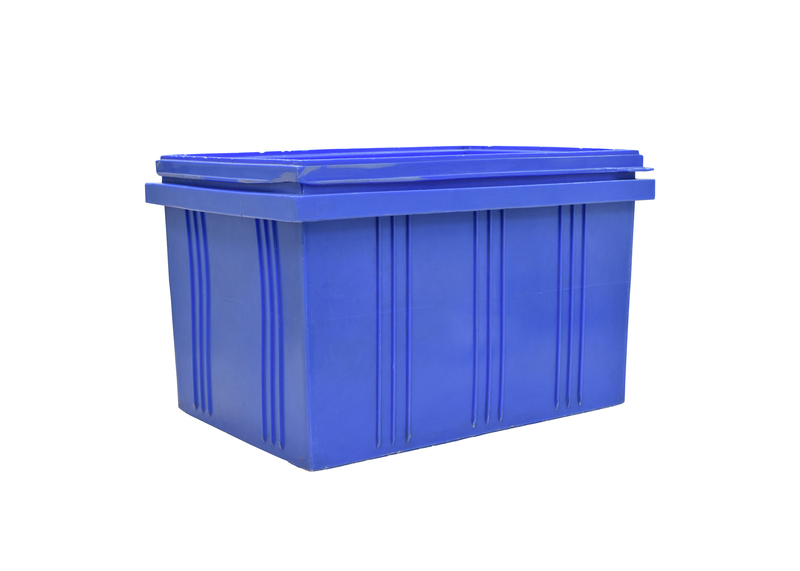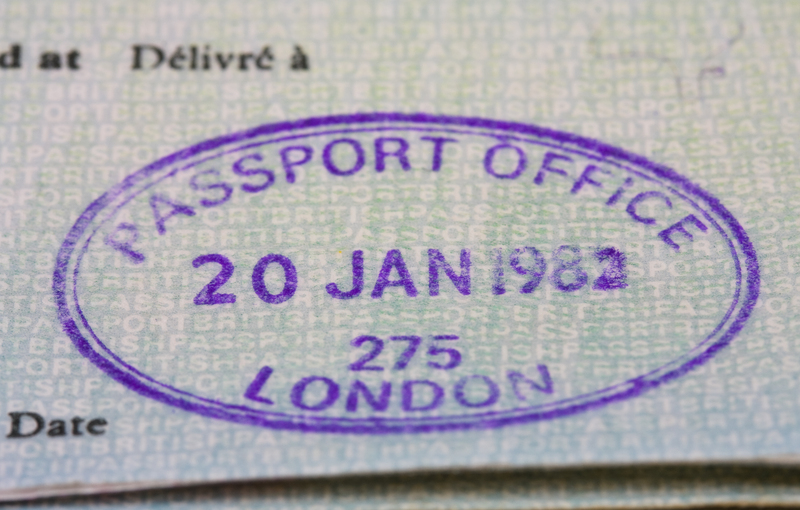Sofa Storage Mastery: Techniques for Lasting Preservation
Posted on 17/05/2025
Sofa Storage Mastery: Techniques for Lasting Preservation
Preserving the quality and comfort of your sofa doesn't have to be an overwhelming task. With the right approaches and an understanding of effective sofa storage practices, you can ensure that your treasured seating remains in top-notch condition for years to come. Whether you're moving, redecorating, or need temporary storage, mastering the art of sofa storage is essential. In this comprehensive guide, we will delve into expert techniques, practical tips, and important considerations for lasting sofa preservation.
Why Proper Sofa Storage Matters
Sofas are central pieces in any living space. They offer comfort, style, and functionality. However, their size and delicate upholstery make them vulnerable to damage if not stored correctly. Improper storage can lead to issues such as:
- Mold and mildew growth due to humidity.
- Fabric discoloration from exposure to light or contaminants.
- Structural damage from pressure, warping, or pests.
- Persistent odors caused by poor ventilation.
Investing your time in proper sofa storage can prevent these issues and extend the lifespan of your furniture, maintaining its value and comfort.

1. Assessing Your Sofa: Preparation Is Key
Proper sofa storage begins with a thorough assessment and preparation process. Follow these steps for optimal results:
Inspect for Damages
- Check legs and frames for firmness and cracks.
- Examine upholstery for stains or wear that might worsen in storage.
- Test cushions and fabrics for dampness or odor.
Clean Thoroughly
- Vacuum all surfaces, including crevices and under cushions.
- Spot clean stains using appropriate fabric or leather cleaners.
- Allow the sofa to air dry completely to prevent mold development.
Tip: *Always check manufacturer care instructions before cleaning.*
2. Disassembly: Safe Handling for Storage
Disassembling your sofa can make it easier to transport and store while minimizing the risk of damage. Prepare your sofa for storage by:
- Removing detachable legs or feet.
- Unscrewing armrests if your sofa design allows.
- Separating sectional sofas into manageable pieces.
- Storing all hardware in a labeled bag for easy reassembly.
Label each part carefully to simplify the reassembly process after retrieval.
3. Protection Techniques: Shielding Your Sofa
Effective sofa preservation during storage is largely dependent on the protection methods employed. Shield your sofa from dust, moisture, pests, and physical stress with these steps:
Covers and Wrappings
- Use breathable furniture covers or moving blankets. Avoid plastic wraps, as they can trap moisture and promote mildew.
- For leather sofas, apply a protective conditioner before covering.
- Wrap each component (legs, cushions, frame) individually for optimal protection.
Pad for Impact
- Pad corners and edges with foam or bubble wrap to prevent dents and abrasions.
- Stack cushions separately with layers of acid-free paper to avoid color transfer.
4. Choosing the Right Storage Environment
Not all storage environments are created equal. The right setting can make a significant difference in the preservation of your sofa:
- Select climate-controlled storage units to protect from extreme temperature fluctuations and humidity.
- Choose clean, dry locations away from windows and direct sunlight.
- Avoid outdoor sheds or garages where pests and moisture are prevalent.
Good air circulation is critical for preventing mold and musty odors. If storing at home, choose an interior room over a basement or attic.
5. Positioning: Storing Your Sofa Safely
The way you position your sofa in storage makes a huge impact on its lasting preservation:
- Place the sofa legs on pallets or risers to keep it off the ground and away from potential flooding.
- Allow airflow by leaving space on all sides of the sofa, especially if using plastic sheeting underneath.
- Avoid stacking heavy objects on top of the sofa or its cushions to prevent permanent deformation.
- If possible, store sofas upright (on their back), which saves space and reduces stress on the structure.
Check that the sofa is level and stable in storage to avoid warping over time.
6. Pest and Odor Control
Pest infestations and lingering odors are common problems in storage. Here's how to prevent and manage them:
- Use natural deterrents like cedar blocks or lavender sachets inside and around the sofa.
- Avoid fragrant sprays that may stain or damage fabrics.
- Inspect storage areas for signs of insects, rodents, or water leaks.
- Place moisture absorbers like silica gel packs nearby to keep the area dry.
Regularly check your storage unit (at least monthly) to catch problems early.
7. Best Practices for Long-Term Sofa Storage
Whether you're planning short-term or several years of storage, these best practices will help you achieve lasting preservation of your sofa:
Perform Routine Inspections
- Open up storage units every few months to look for mold, insects, or moisture accumulation.
- Check that wraps, covers, and padding are intact and effective.
Maintain Target Humidity and Temperature
- Keep humidity below 50 percent to prevent mold but avoid overly dry air, which may crack leather.
- Maintain stable temperatures between 65-75?F (18-24?C).
Handle With Care
- When moving your sofa in and out of storage, lift instead of dragging to prevent leg and frame damage.
- Always have enough people or use proper moving equipment.
Label and Log
- Keep a detailed inventory of the sofa parts, hardware, and the condition before storage.
- Store assembly instructions and photos for reference.
8. Storage Solutions for Different Sofa Types
Sofas come in various shapes, sizes, and materials--all of which dictate the ideal storage strategy. Here's a closer look at sofa storage mastery techniques based on type:
Fabric Upholstered Sofas
- Protect from dust and moisture with breathable covers.
- Check for colorfastness before covering to prevent color bleed.
- Allow extra air flow to reduce mildew risk.
Leather Sofas
- Clean and condition leather thoroughly before storage.
- Wrap with cotton sheets or fitted furniture covers (never plastic).
- Store away from heat sources to prevent drying and cracking.
Sectional and Modular Sofas
- Disassemble into the smallest possible parts.
- Stack and wrap each module independently for easy access and space optimization.
- Label to simplify reconfiguration after storage.
Antique and Delicate Sofas
- Consult a furniture restoration expert for preservation tips before storage.
- Use acid-free padding and covers.
- Maintain optimal humidity and protect from direct light exposure.
9. Retrieving and Reviving Your Sofa After Storage
Your sofa has been stored safely, but now it's time to bring it back to life. Here's how to revive it from storage while ensuring lasting preservation:
- Unwrap Carefully: Remove covers gently and inspect for any new damage or changes in condition.
- Clean Once Again: Vacuum and spot clean as needed to remove any dust accumulated during storage.
- Allow To Air Out: Give the sofa time to breathe and naturally dissipate any odors.
- Reassemble: Use your labeled hardware and notes for a smooth reassembly process.
- Condition (For Leather): Apply a leather conditioner or fabric refresher as appropriate.
10. Common Mistakes to Avoid When Storing Sofas
Even with preparation, some common pitfalls can undermine your efforts. Be sure to avoid these sofa storage mistakes:
- Storing Without Cleaning First: Dirt and stains can set, making them impossible to remove later.
- Wrapping in Plastic: This can trap moisture and cause mildew or discoloration.
- Neglecting Pest Control: Small critters can easily make a home in undisturbed sofa fabric.
- Ignoring Temperature and Humidity Levels: Both extremes can quickly ruin upholstery and frames.
- Placing Under Heavy Items: This may permanently squash or break sofa cushions and frames.
- Forgetting Regular Checks: Out of sight shouldn't mean out of mind--inspections are crucial.

11. Advanced Tips for Sofa Storage and Preservation
For those seeking true sofa storage mastery, consider these advanced techniques:
- Use desiccant packs for extra moisture protection in humid climates.
- Install a dehumidifier in large storage spaces for climate control.
- Utilize smart storage monitors that alert you to temperature or humidity changes remotely.
- Rotate sofa orientation periodically if storing long-term to avoid pressure spots.
- Keep valuable or antique sofas insured against potential storage-related damage.
Sofa Storage Mastery: Your Key to Lasting Furniture Preservation
Your sofa is more than just a seat--it's a centerpiece of comfort, style, and family life. By embracing the above sofa storage techniques for lasting preservation, you'll protect your investment and maintain its appeal for generations. Preparation, protection, and ongoing care are your allies in the quest for furniture longevity, ensuring that when it's time to retrieve your sofa, it's as inviting as the day you stored it.
Remember: Proper sofa storage is a blend of smart choices and gentle handling. With the right strategies, your sofa can weather any move, renovation, or pause in use -- retaining comfort and charm year after year.
Looking for more advice on home furniture preservation and storage solutions? Browse our in-depth guides and expert tips for all things related to furniture care and storage mastery!






